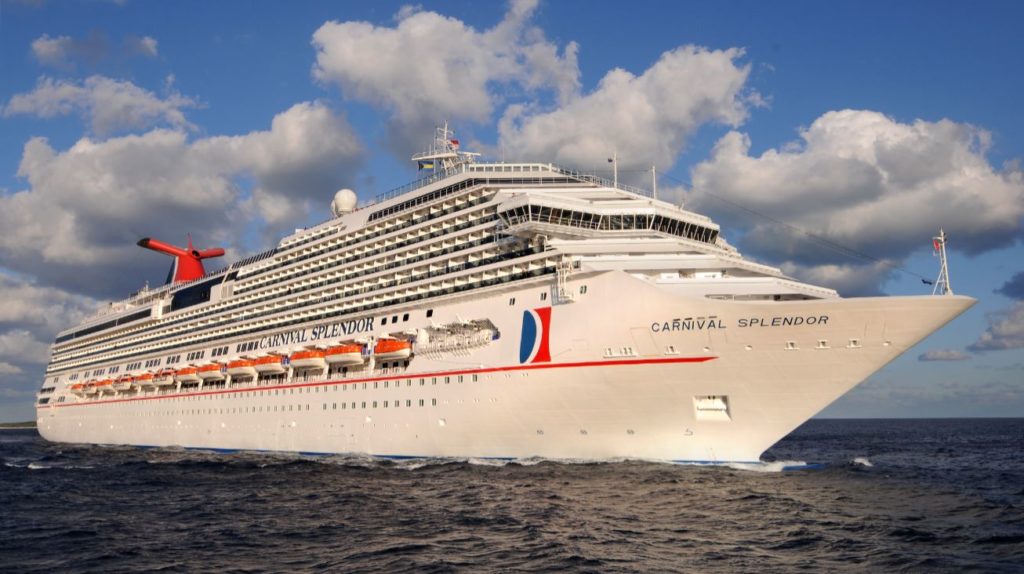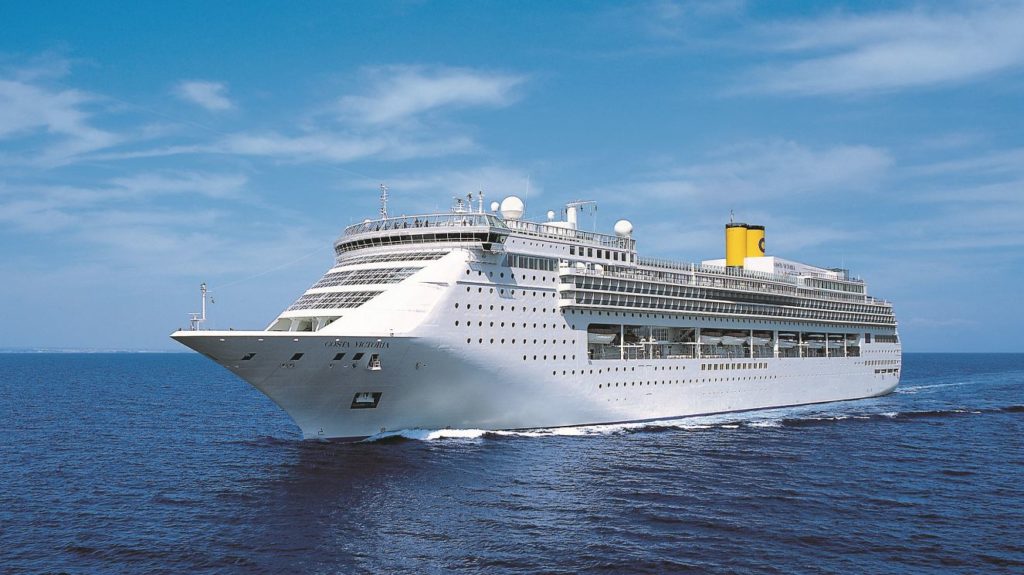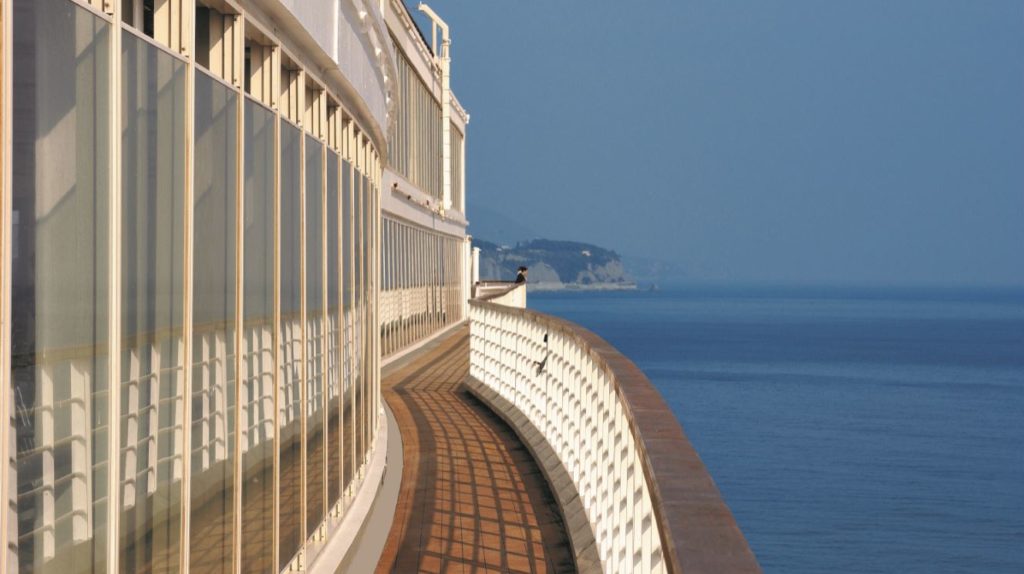Carnival Corporation has provided an update on the financial consequences of COVID-19. In an effort to minimize costs and maximize liquidity the company will dispose of six ships in the next three months.

In face of the COVID-19 global pandemic Carnival Corporation – the company behind Carnival Cruise Line, Princess Cruises, Holland America Line, Seabourn, P&O Cruises (Australia), Costa Cruises, AIDA Cruises, P&O Cruises (UK) and Cunard – had to pause its cruise operations in mid-March. In response to this unprecedented situation, the company acted to ensure the health and safety of guests and shipboard team members, optimize the pause in guest operations and maximize its liquidity position.
Ensuring the health and safety of guests and team members
During the period Carnival has returned over 260,000 guests to their homes. The company chartered aircraft, utilized commercial flights and even used its ships to sail home guests who could not fly.
Carnival has worked around the clock with various local governmental authorities to repatriate shipboard team members as quickly as possible. 49 cruise ships traveled more than 400,000 nautical miles and the company chartered hundreds of planes to repatriate 60,000 of its shipboard team members to more than 130 countries around the globe. The company expects substantially all of the approximately 21,000 remaining shipboard team members to be able to return home by the end of June. Meanwhile the safe manning team members will remain on the company’s ships
For those shipboard team members experiencing extended stays onboard, the company is focusing on their physical and mental health. The company is providing most shipboard team members with single occupancy cabin accommodations, many with a window or balcony. They also have access to fresh air and other areas of the ship, movies and internet, and available counseling.
Returning to sea

The company previously announced a plan to return to service on August 1. A total of eight ships would resume operations from Miami, Port Canaveral and Galveston. Carnival Corp. CEO Arnold Donald later called the announcement an “insightfull mistake.” Carnival now says it expects to resume guest operations, after collaboration with both government and health authorities, in a phased manner with initial sailings from a select number of easily accessible homeports.
Carnival expects future capacity to be moderated by the phased re-entry of its ships, the removal of capacity from its fleet and delays in new ship deliveries.
In connection with its capacity optimization strategy, the company intends to accelerate the removal of ships which were previously expected to be sold over the ensuing years. Carnival already has preliminary agreements for the disposal of 6 ships which are expected to leave the fleet in the next 90 days and is currently working toward additional agreements.
While it is not yet known which cruise ships will be sold, we already know that Costa Victoria – operated by Italian cruise line Costa Cruises – has been sold to the San Giorgio del Porto Group, a leading company specialized in ship repair and conversion, as well as ship dismantling/recycling.
Health and safety protocols
Carnival is proactively consulting and working in close cooperation with various medical policy experts and public health authorities to develop enhanced procedures and protocols for health and safety onboard its ships.
The company is currently working with the health authorities of federal states and local port authorities in Germany, as well as the Italian Coast Guard, Italian Ministry of Transportation, Italian Ministry of Health and others around the world. A comprehensive restart protocol may include areas such as medical care, screening, testing, mitigation and sanitization addressing arrival and departure at cruise terminals, the boarding and disembarkation process, onboard experiences and shore excursions.

In a recent interview Arnold Donald said “When you’re on the ship, if you’re in a cabin, you’re already socially distanced, so the issue is more the public spaces on the ship and also sufficient capacity to handle if there’s spread that occurred on land that people brought on that is discovered on the ship.”
Some of the possible changes cruisers should expect could include: mandatory room service one night to reduce the number of people needing dining menus in the restaurants and spreading more people from the main dining room to other dining experiences. Show lengths could be reduced and empty seats could be put between couples in the theater.
While many have already said buffets could become a thing of the past, Donald said buffets with crew serving guests – like when ships have norovirus outbreaks – could be a valuable option. One thing that probably will change is the queuing and the lines to make sure guests are socially distancing.
As we learned from feedback from our readers, many cruisers are wondering whether they will be required to wear a mask on board. Talking about the issue Donald replied: “initially whether it’s required or not, some guests will choose to (wear them) on their own.”
When do you think the major cruise lines will return to service and what do you think the cruise experience will look like after COVID-19? Let us know in the comments below.